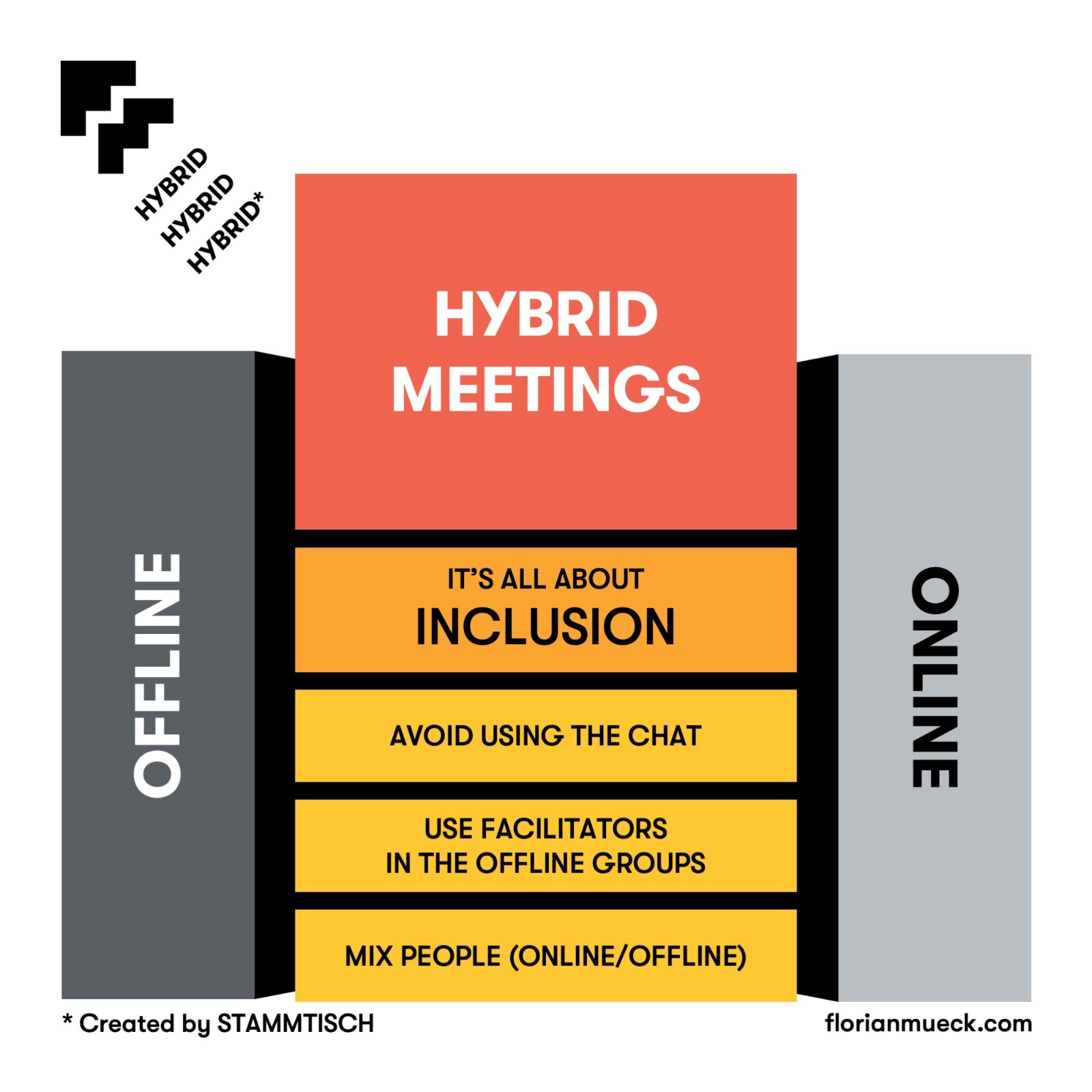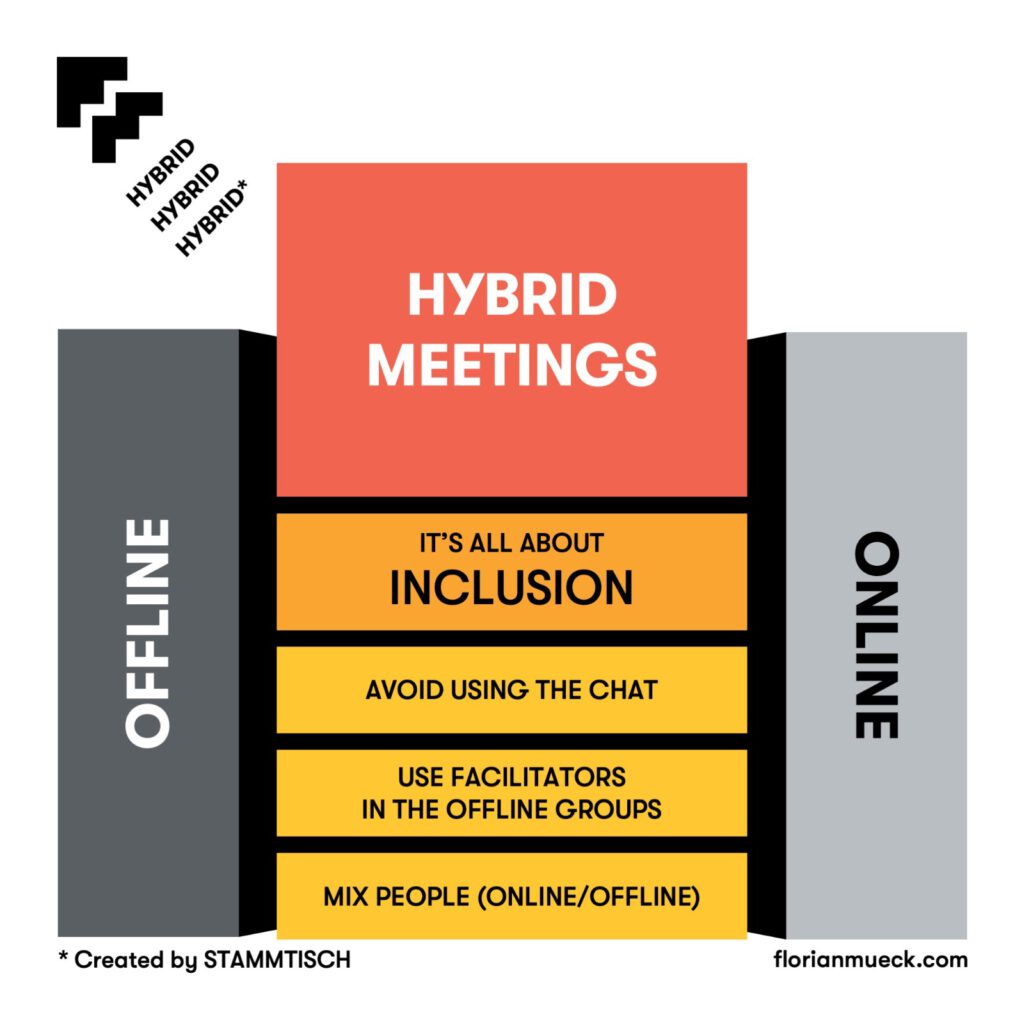Tag: Communication
My Live TV Interview


—
On September 21st, I was interviewed live on the Goucha TV show in Portugal. Here’s the link to the full conversation. We talked for about fifty minutes. Spoiler! I kind of break protocol at the end. It was an amazing experience. At all times I felt taken care of by the folks at TVI. Thank you!
Here are a few of my learnings:
– Questions asked before are not necessarily questions asked during. The purpose of many of the questions I was asked beforehand was to help Goucha get to know me better so that we could have a better conversation. Many of the things we talked about were not addressed before the interview.
– Surprises happen and emotions run high. It was stunning to see how comfortable Goucha was on set. Not the same for me. I did not know that they had contacted my family and friends to send a video about what I mean to them. Even my daughter, Irene, recorded one! It totally caught me off guard. It made me relax and show my authentic self. But it also made me very emotional and slightly less focussed, which leads to my third point.
– When you think you’ve prepared enough, prepare some more. Given the improvised nature of the conversation and its emotional tone, when Goucha asked about my work building badass teams in companies, I was so “high” that I did not say what I had prepared. Instead, what came out of my mouth was something generic and short of the beautiful work teams accomplish. I had been told several times: “Prepare your key points well”. I thought I had. Clearly not enough. 😉
All in all, if all live conversations on TV unfold like this one, I’m eager to go back. 🙂
Love to hear your impressions…
4 Guidelines for Hybrid Meetings

Last week I had my first hybrid meeting. It was public speaking training with ALG, a global consultancy. The meeting had an interesting setup. Four trainers: Conor and Sebastián were in their home studios. Claudio was in a conference room in Madrid with a group. I was in the Barcelona offices with another group. The remaining participated from their homes.
In hybrid meetings, some participants are physically alone connecting on their own computer, while others are together in a room, connecting with just one computer. The result is a mix of the dynamics of face-to-face interaction with the dynamics of online interaction.
What to do differently in hybrid meetings?
—
At our weekly Stammtisch meeting, I brought the question to my buddies and fellow trainers, Alex and Florian. Here are our four guidelines that Florian kindly captured in an infographic.

Practising Persuasion

Since 2012 I’ve been coaching students at IESE Business School to improve their persuasive communication skills in a course taught by my friend, Professor Conor Neill.
As part of the onboarding of new coaches, this speech was an exercise in preparing the “Logos Based Speech”, a persuasive speech based on logic.
—
Video link: https://www.youtube.com/watch?v=7_Px2K-uc3M
Wisdom for Teams #15


—
“A person convinced against their will
is of the same opinion still.”
—
DALE CARNEGIE (1888 – 1955), American writer and lecturer, developer of courses in self-improvement, salesmanship, corporate training, public speaking, and interpersonal skills. Author of the popular bestseller How to Win Friends and Influence People (1936).
9 Hours of Zoom, Really?


Photo by Chris Montgomery on Unsplash
—
About a month ago, I was catching up with my great friend Milu, when she asked about work. I told her I was super excited with my latest client, the Spanish branch of Westwing, an inspiring European eCommerce in Home & Living. I also told her I was a little scared. They wanted my signature course “From Bummer to Booster: 12 Steps to Become a Badass Team Player”.
I had previously done bits and prices of this online. But this time it was the full version: two days, from nine to six, all on Zoom. What’s more, I’ve been doing this course in person for nine years, so I’ve refined it to the point where — without wanting to toot my horn too much — it’s become a transformational experience.
So, yeah, I was a little concerned about how effective it would be online. Would folks survive these long hours? Would it be worth it? Without even letting me finish, Milu unequivocally asserted: “You’re gonna nail it.” I full heartedly welcomed her encouragement.
Today I’ll conclude the fourth round of this course with Westing. Was it worth it? The outcomes and the feedback allow me to confidently answer: “Hell Yeah!” It would not have been possible without the outstanding vibe that Westwing has (btw their products are also outstanding!).
Conclusion: If you’d asked me a year ago if my workshops would work online, I’d say no way. Today they all happen online. There is still much to learn and refine but it is nice to see the magic of transformation also happening online.
Wisdom for Teams #8


—
“If you talk too much people end up thinking they heard things you never said.”
—
LEROY JETHRO GIIBS, fictional character of the CBS TV series NCIS, portrayed by Mark Harmon.
Six Rookie Mistakes When Leading Remote Teams


—
When there’s a sea storm, captains are called upon to reassure their crew, so that together they keep the ship safe enough to move in the right direction.
The Coronavirus storm has forced teams — without warning and without delay — to work from home in improvised office spaces, fighting to focus on work while juggling several other responsibilities and concerns at the same time.
If remote working poses a challenge in and of itself, all the more so in crisis conditions, where uncertainty and confusion make the load all the heavier.
Since 2011, I’ve been helping organizations — in good and bad times — build teams, many of which with some or all their members working remotely, often in different time zones.
Here are six mistakes you want to avoid (and six recommendations) when leading teams remotely, especially in crisis conditions.
—
Mistake #1: Believe it is (almost) business as usual
—
A new paradigm is emerging, as tends to happen in crisis. And with it, new challenges are thrown at your team. It would be a mistake not to stop and fully appreciate the nature of the challenges you and your team are now facing.
It’s a mistake to think this is only about keeping things going a bit longer before it’s over. It’s a new problem. Face it with your team.
—
RECOMMENDATION: Do a diagnosis
Imagine you are Dr. House. If the challenge you now face is an illness, what would you call it?
—
Mistake #2: To execute without a roadmap
—
In a crisis it is easy for teams to get disoriented, especially if they are forced in a rush to work remotely. You might have a sense of what comes next, but the team most likely has no f**king idea.
It is a mistake to ask teams to continue moving forward without a new road map that shows this is where we are, this is where we are going, and most importantly, this is why we’re going. I wonder what Nietzsche was thinking when he said: “He who has a why to live for can bear almost any how.” 😉
—
RECOMMENDATION: Give them context and relevance
Explain to the team how their work fits in the larger picture, and why their contribution really matters.
—
Mistake #3: Fail to clarify new expectations
—
New problems require new behaviours. It it especially important that we define deliverables and ownership so that everyone knows who does what and who is responsible for making sure it gets done.
—
RECOMMENDATION: Tell them what they CAN’T screw up
New problems require exploration, which can lead to failure. It is crucial you specify what bits you expect the team to do absolutely right, the bits where failure is not an option.
—
Mistake #4: Make it a one-way road
—
If feedback is important, now it is more than ever. It’s a rookie’s mistake to fail to create NEW channels for feedback. Unless you ask, you will not know the struggles and suggestions your team has.
—
RECOMMENDATION: Tell them it’s NOT ok to stay stuck and silent
Send out questions before meetings, and ask everyone to come prepared to share.
—
Mistake #5: Neglect positive feedback
—
Humans need feedback to grow, which makes giving feedback the gift of growth: constructive feedback gives us the path for growth, and positive feedback gives us the energy to grow.
In times of crisis, teams need tons of positive feedback — the energy — to get through challenges. Forgetting to give positive feedback is a silly mistake.
—
RECOMMENDATION: Double down on positive feedback
Give twice as much positive feedback and show twice as much appreciation. Start with positive feedback. End with positive feedback. Transition with positive feedback. And ask the whole team to give… POSITIVE FEEDBACK.
—
Mistake #6: Undervalue repetition
—
The Romans believed that “repetitio est mater studiorum”, that repetition is the mother of learning. When working remotely, technical issues can make getting information across difficult.
Moreover, when remote work is being improvised moment by moment and under great uncertainty, tension is generated, which makes getting information across even more difficult.
Hence the need to repeat, repeat, repeat.
—
RECOMMENDATION: Sound like a broken record
Say it at the beginning. Repeat in the middle. Ask them to say it. And say again at the end.
Feedback Part III: How to Suggest Improvements

Humans need feedback to grow, which make giving feedback the gift of growth. While positive feedback gives us the energy to grow, constructive feedback — when done well — shows us the path for growth, that is, what we can improve and how.
This series focusses on how we can make our constructive feedback more effective.
In the final part of the series, I share three techniques to suggest improvements when we give constructive criticism.
What techniques do you use to suggest improvements?
—
Feedback Part II: How to Encourage the Listener

Humans need feedback to grow, which make giving feedback the gift of growth. While positive feedback gives us the energy to grow, constructive feedback — when done well — shows us the path for growth, that is, what we can improve and how.
This series focusses on how we can make our constructive feedback more effective.
In part II, I share three ways to encourage the listener when we give constructive criticism.
What techniques do you use to encourage your listener?
—
Feedback Part I: How to Make Stronger Statements

Humans need feedback to grow, which make giving feedback the gift of growth. While positive feedback gives us the energy to grow, constructive feedback — when done well — shows us the path for growth, that is, what we can improve and how.
This series focusses on how we can make our constructive feedback more effective.
Here in part I, I share three ways to make our statements stick when giving constructive criticism.
What techniques do you use to make your statements clearer?
—

